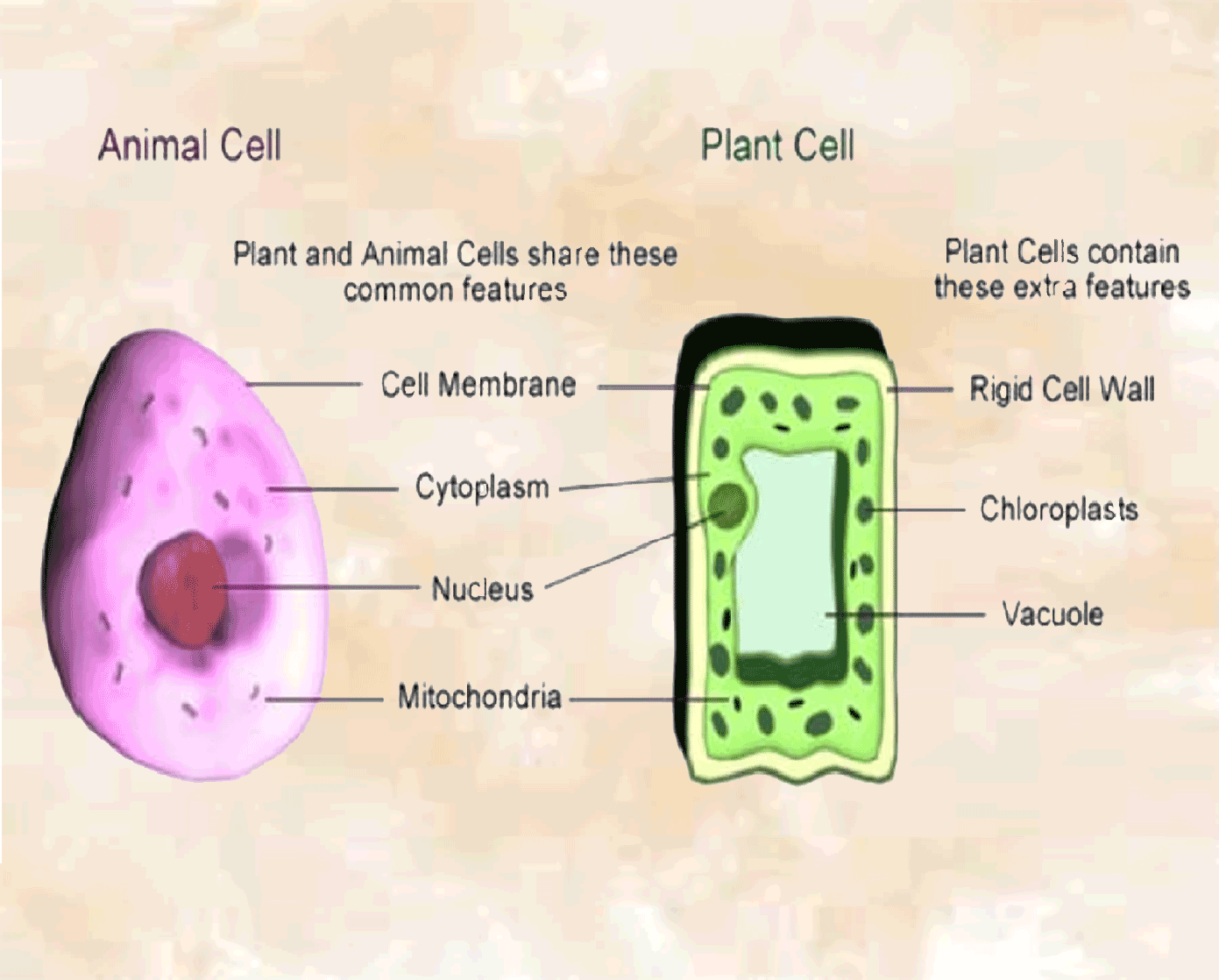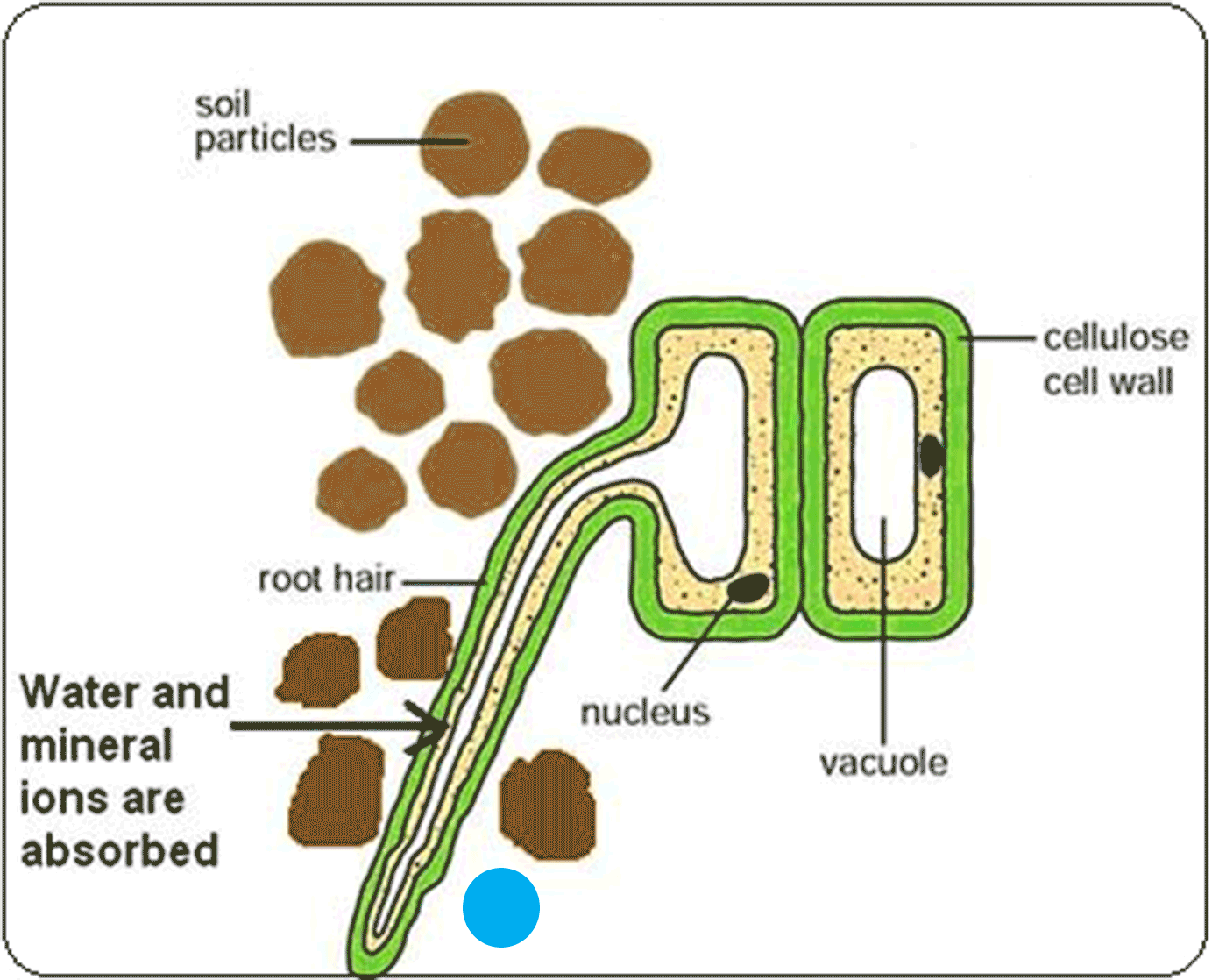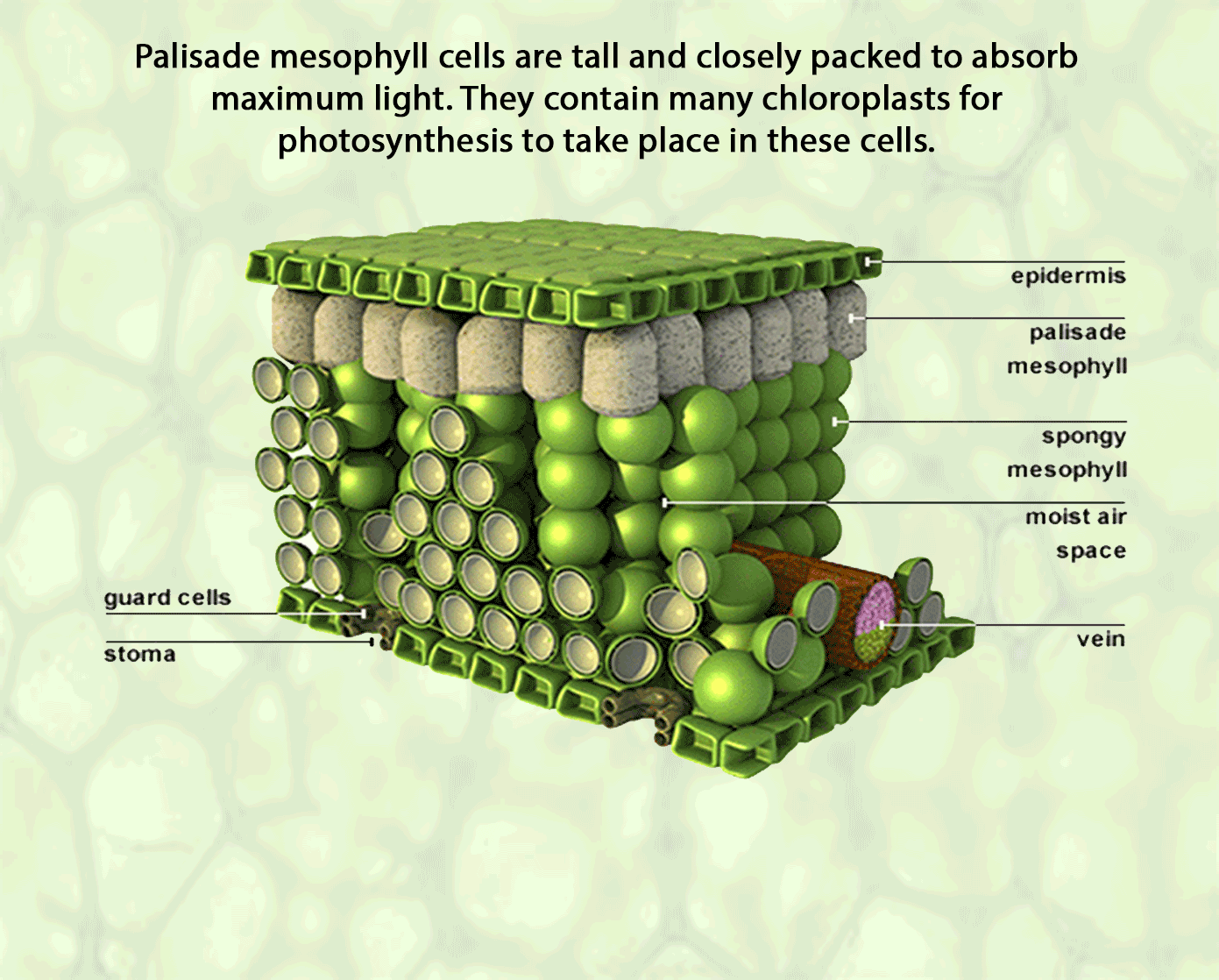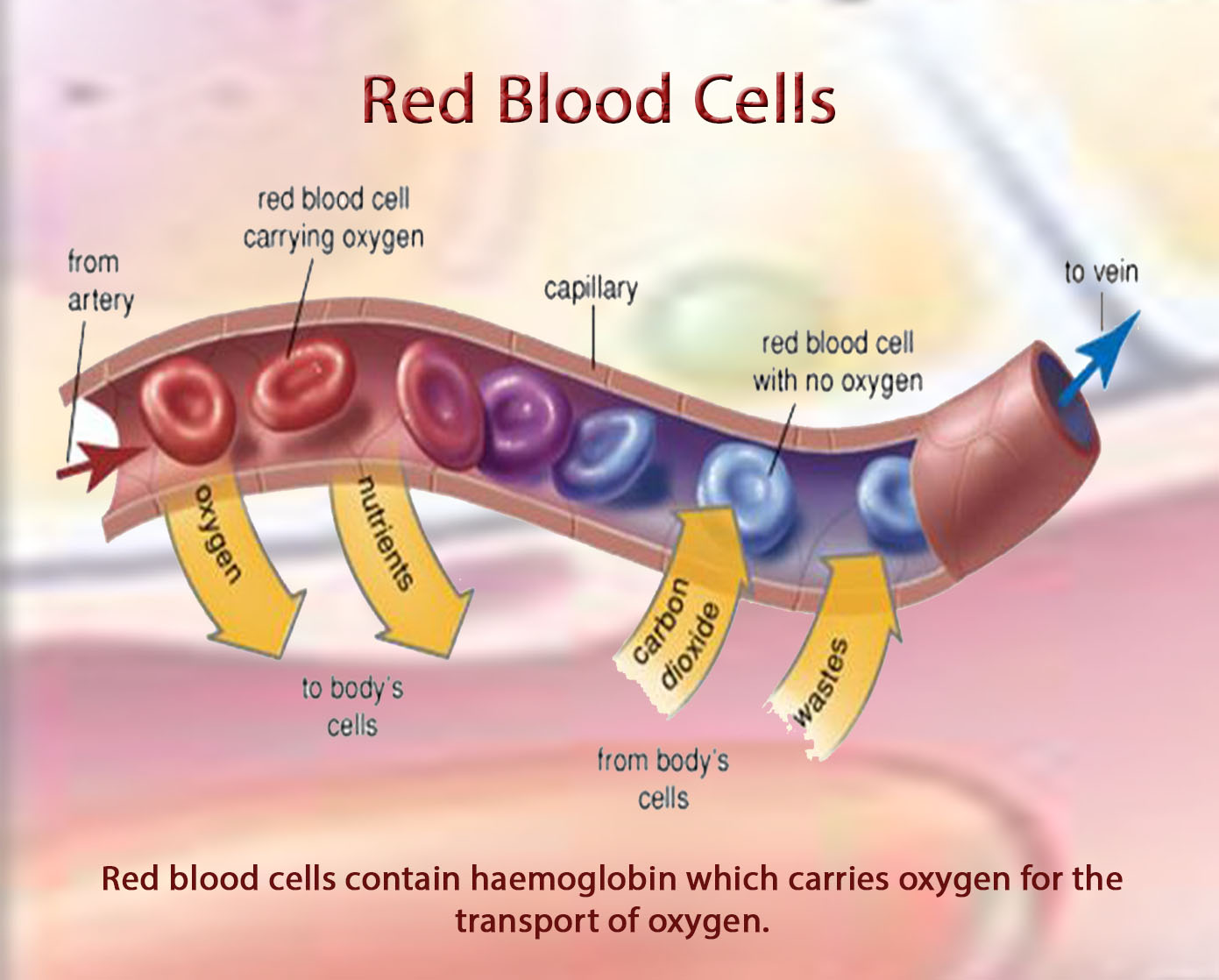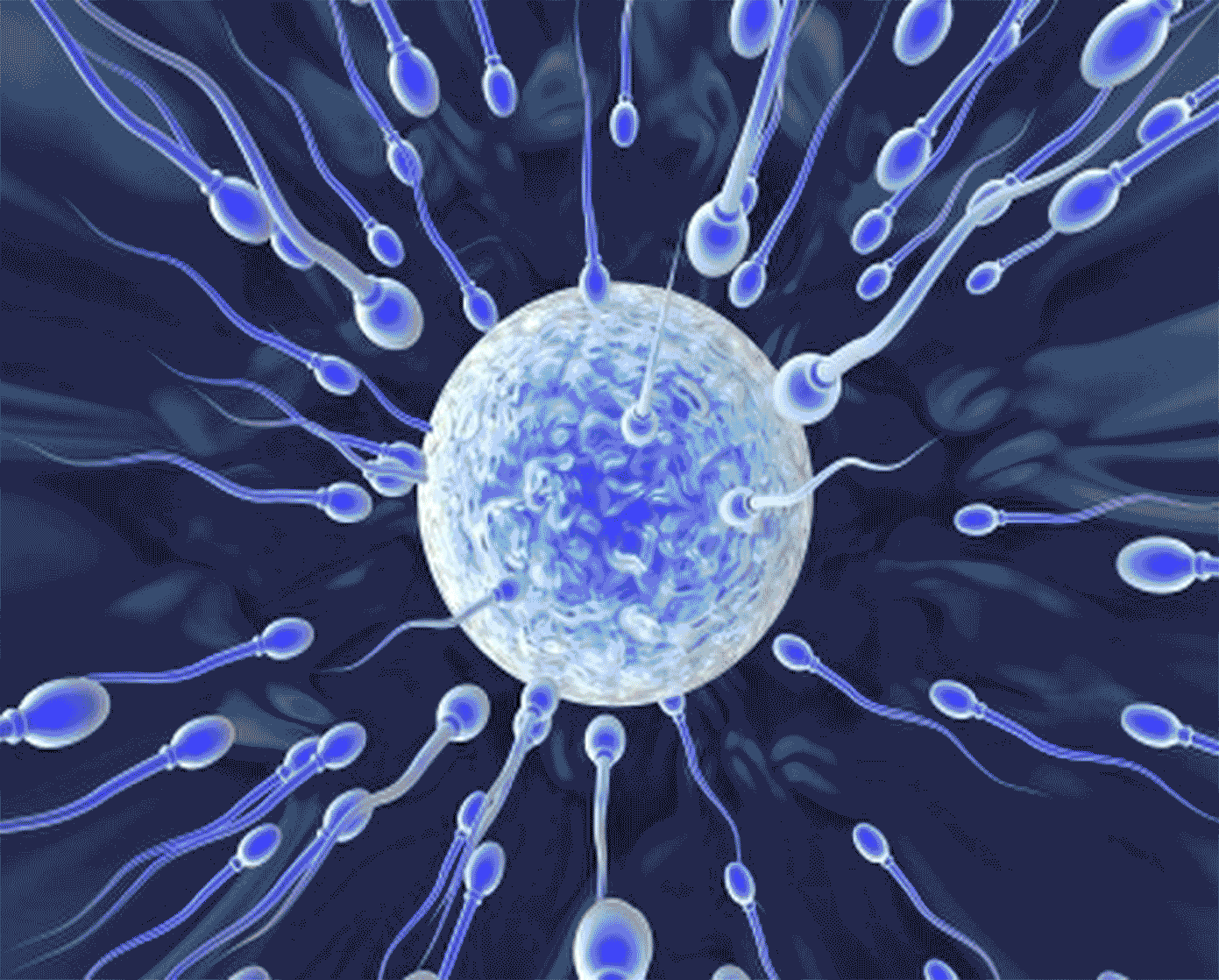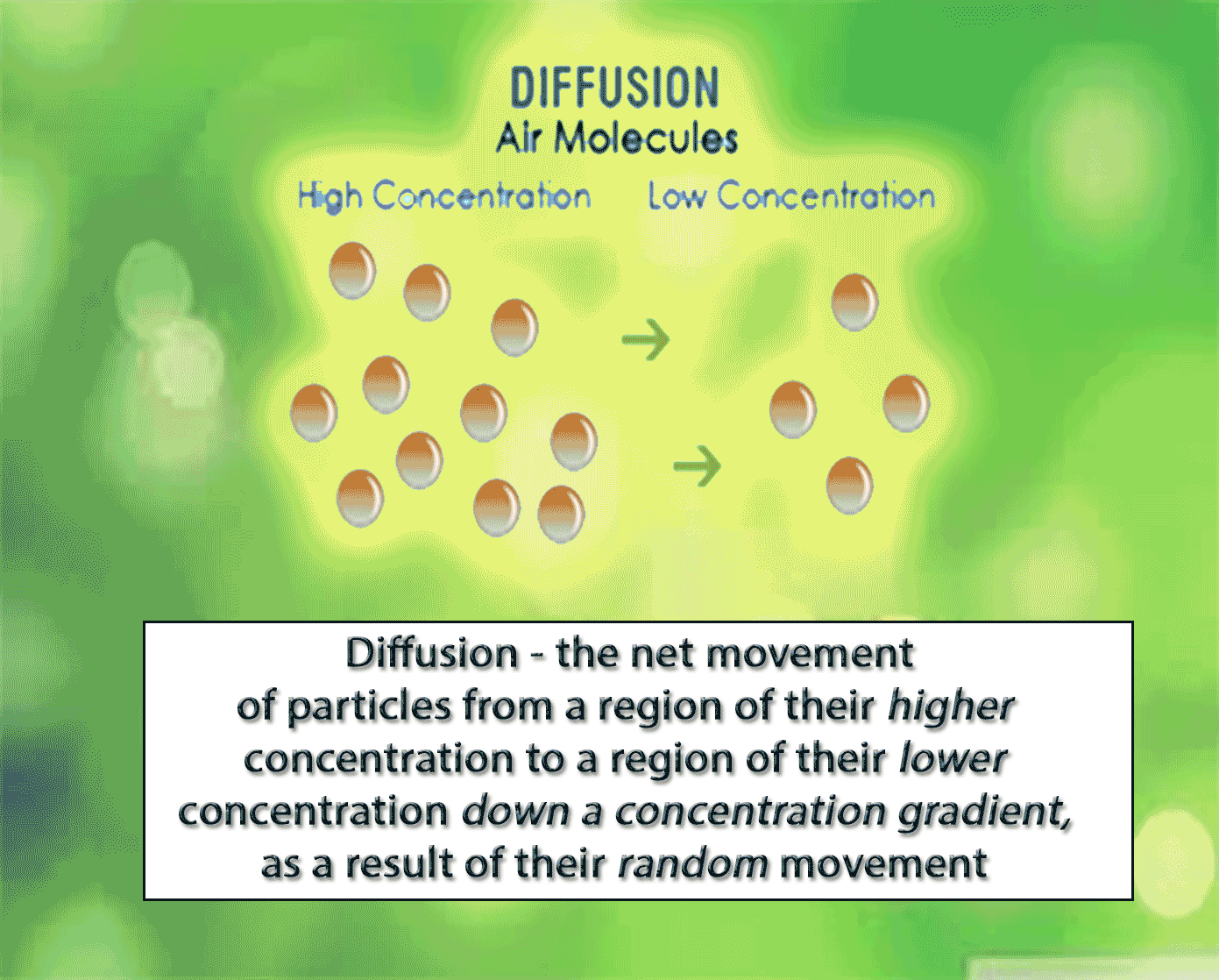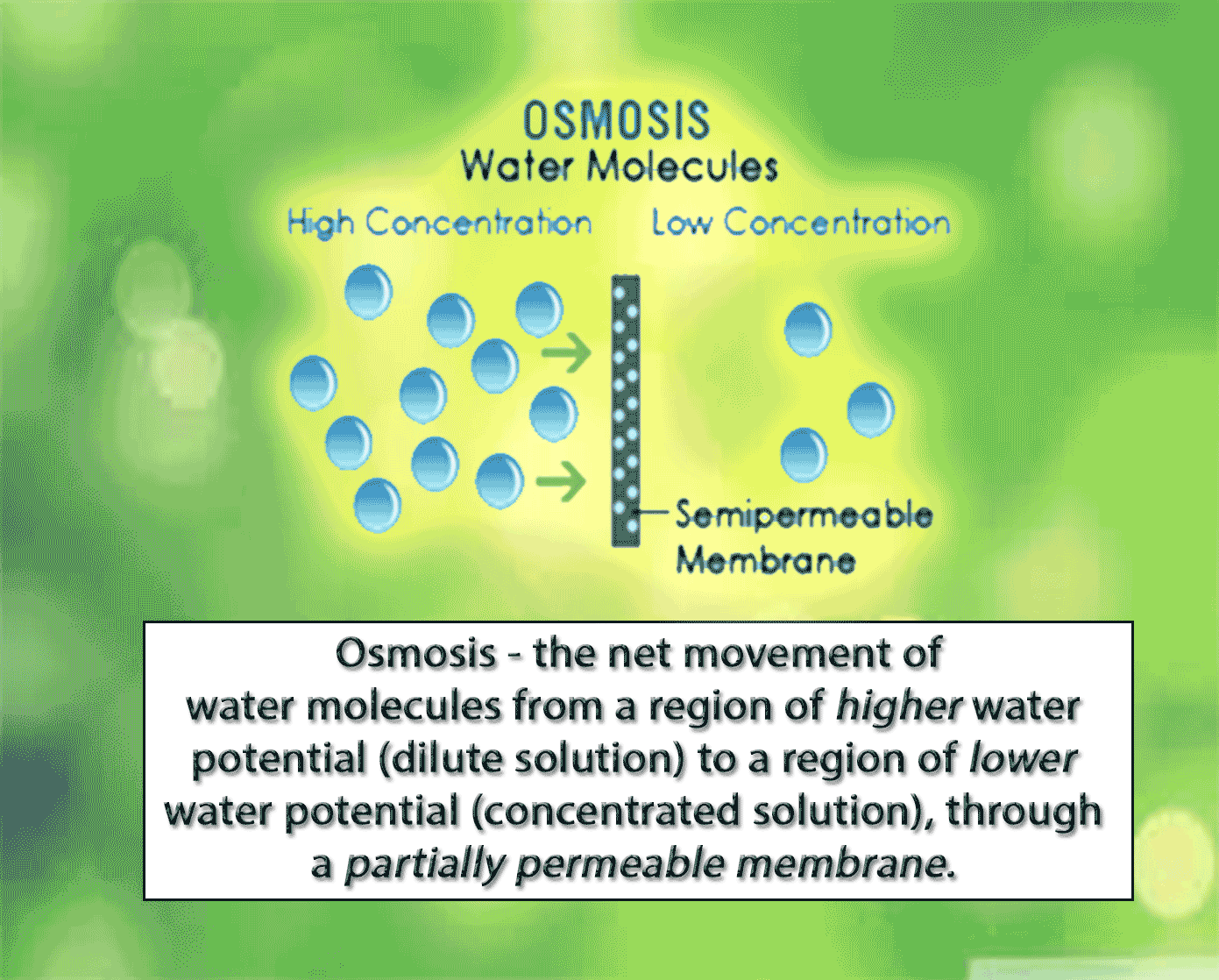Cell structure: Comparison of animal and plant cells
All living organisms are made of cells. Cells are the basic structural and functional unit of life which provide structure and stability to an organism. Cells provide energy and a means of reproduction for an organism.
Organisms containing only one cell in their body are called unicellular organism, for example Amoeba (animal) and Chlorella (plant).
Organisms containing more than one cells in their body are called multi cellular organisms. For example: cat, human, mango tree and fishes.
The cell shape varies according to its function in the organism. For example, plant cells and animal cells differ in their size, shape and structure.
Animal Cell: Video
Watch the following Virtual Reality (VR) video to visualise the structure of an animal cell from an inner perspective. Do note that not all content discussed in the video will be tested. We will discuss the required learning content after the video.
Structure and functions of Animal Cell
Under a light microscope, only the cell membrane, cytoplasm and nucleus of an animal cell can be seen. You are required to know how to draw and label the parts of an animal cell as well as list the associated function of each structure.
Plant Cell: Video
Watch the following Virtual Reality (VR) video to visualise the structure of a plant cell from an inner perspective. Do note that not all content discussed in the video will be tested. We will discuss the required learning content after the video.
Structure and functions of Plant Cell
The functions of cell membrane, cytoplasm and nucleus are the same for both animal and plant cells. However, plant cells have additional features which are not present in animal cells, which are labelled in green. You are required to know how to draw and label the parts of a plant cell as well as list the associated function of each structure.
[Supplement] Specialized Cells: Ciliated cells
Ciliated Cells push and move mucus from one place to another. They adapt through having a layer of tiny moving hairs known as cilia cells to further facilitate the movement of mucus and microbes.
[Supplement] Specialized Cells: Root hair cells
Root hair cells adapts by having a long thin extension, which provides a large surface area for absorption of water and mineral salts from the soil.
[Supplement] Specialized Cellss: Palisade mesophyll cells
Palisade mesophyll cells lie in the upper layer of mesophyll where most photosynthesis takes place.
[Supplement] Specialized Cells: Red blood cells
Red blood cells contain haemoglobin, a pigment, for the transport of oxygen.
They do not contain nucleus so that surface area can be increased to allow more oxygen to be absorbed efficiently.
Since they do not have a nuclus, red blood cells are very flexible and can squeeze through narrow blood vessels.
[Supplement] Specialized Cells: Sperm and egg cells
The sperm head contains genetic information and an enzyme to help penetrate the egg cell membrane. The middle section is packed with mitochondria for energy and the tail moves the sperm to the egg. Each sperm cell also has a haploid nucleus. It has a tail (for motility) which propels it through the cervix, uterus and fallopian tube towards the egg. In each sperm, there are many mitochondria (where respiration occurs) to release the energy needed for its journey. Sperm cells also have special enzymes, called acrosomes, which allow them to break through the cell membrane of the egg.
An egg cell (ovum) is one of the largest cells in the human body and can just be seen without using a microscope. Each egg cell has a haploid nucleus - containing only half the number of chromosomes of a normal cell nucleus. It has a large cytoplasm which contains the nutrients and mitochondria needed for mitosis (cell division) after fertilisation. Each egg also has a special cell membrane which only
Magnification
Diffusion
Substances move into and out of cells by diffusion through the cell membrane.
Osmosis
Water moves in and out of cells by osmosis through the cell membrane.
Turgid, Flaccid and Plasmolyzed Cells
Click on the different concentration to observe how a plant cell changes when immersed in solution of different concentrations.
